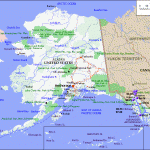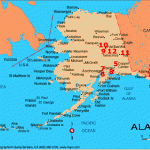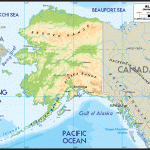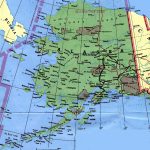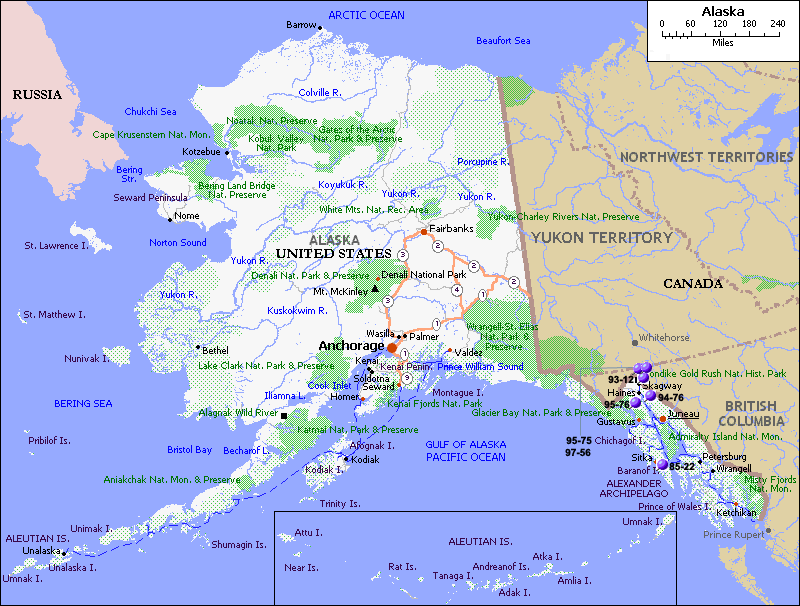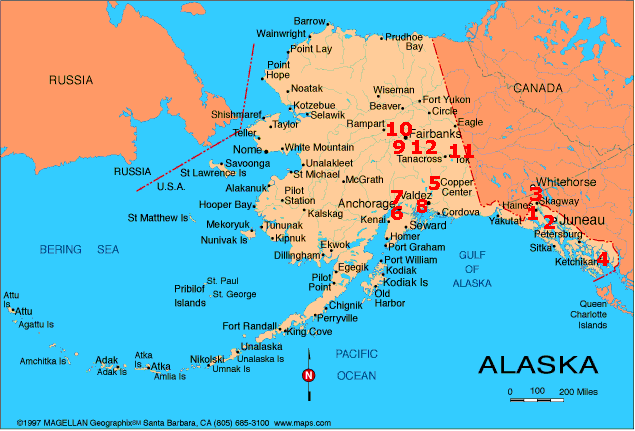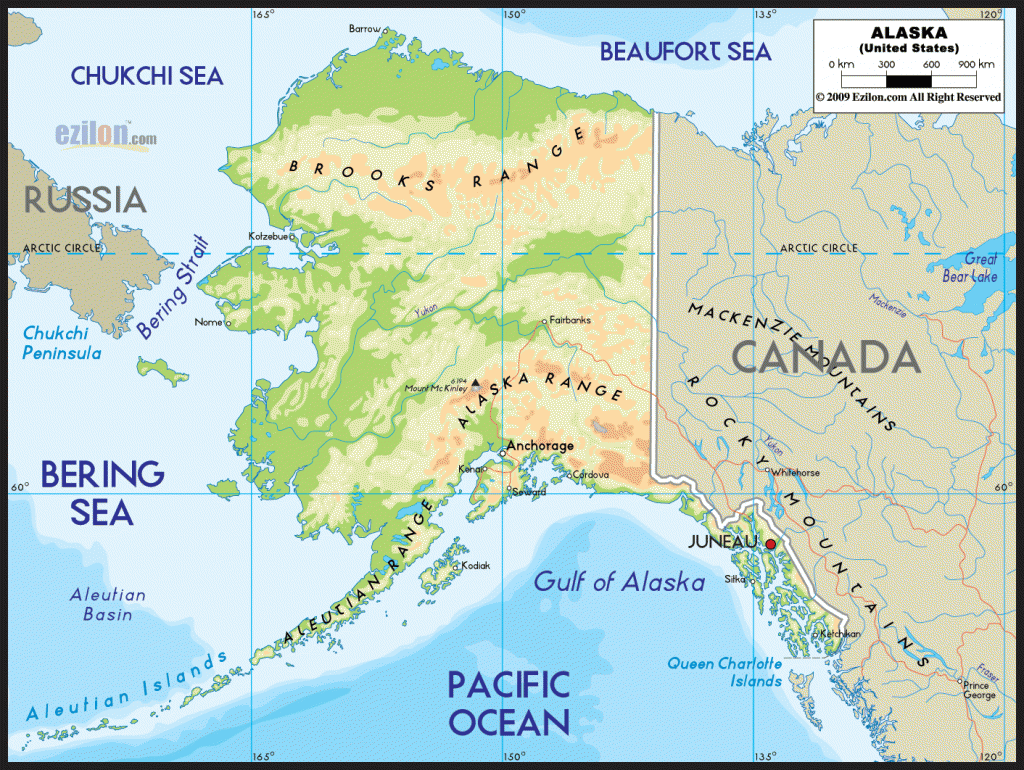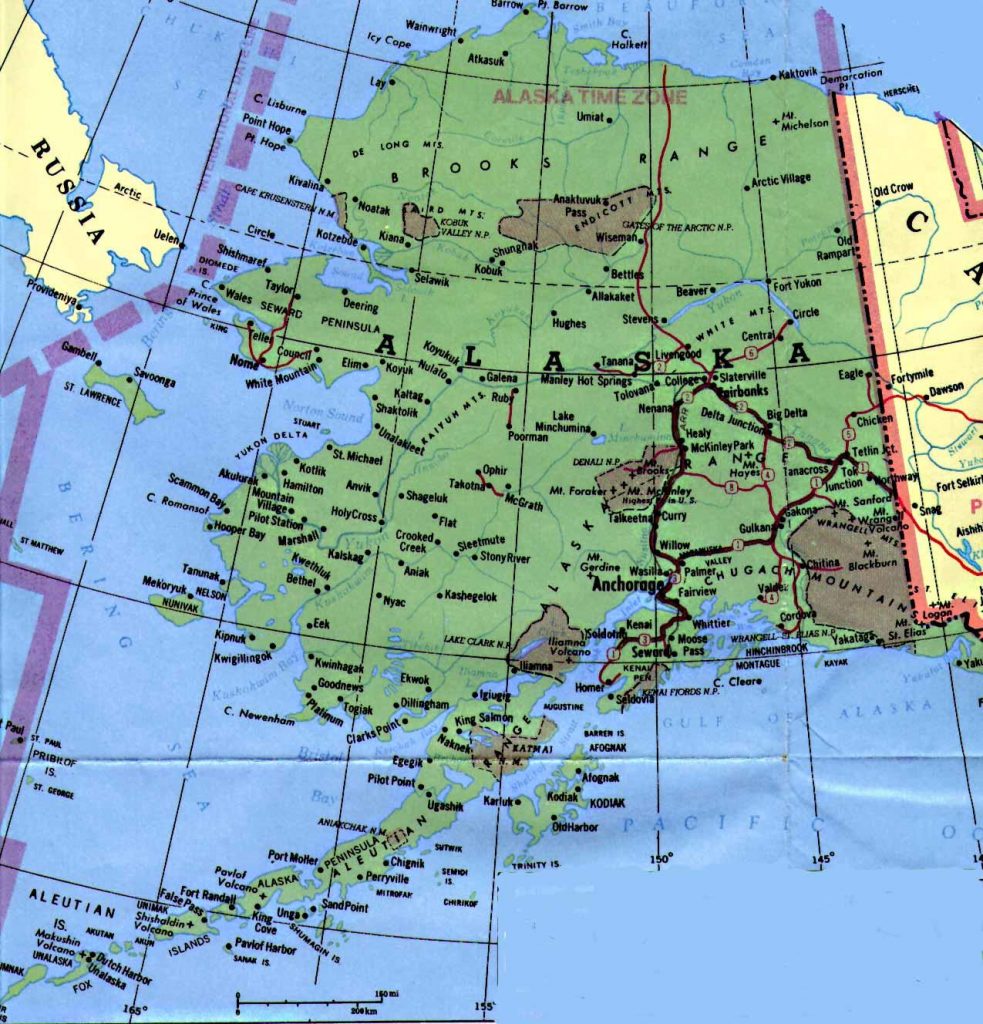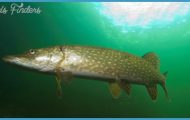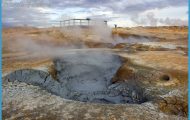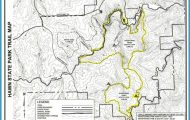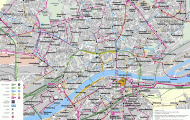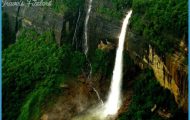Similar to the case in other areas colonized by Spaniards, the Spanish legacy in Alaska is recorded in the names of towns, rivers, and glaciers sighted by early explorers. The best-known examples are the towns of Valdez and Cordova, two small cities located in the southern area of Alaska.
Salvador Fidalgo named the town of Valdez, located in the northeast of Prince William Sound, in honor of a minister of the Spanish Navy, Antonio Valdes y Basan. Modern-day Valdez is a tourist destination known for its natural beauty, waterfalls, glaciers, fishing industry, and marine life. Historical events such as the Viernes Santo (Good Friday) Earthquake in 1964 (which forced the relocation of the city) and later the Exxon Valdez oil spill in 1989 significantly and negatively affected the economy and progress of Valdez.
Cordova, another small city in southeast Alaska, was named by Salvador Fidalgo during his 1790 expedition in search of Russian settlements in the Pacific Northwest. Fidalgo proclaimed the land east of Prince William Sound to be Puerto Cordova, in honor of Luis de Cordova y Cordova, a famous captain general of the Spanish Royal Navy. This small town, accessible only by plane or boat, is home to hundreds of Latinos.
Other places named by Spanish explorers along the east coast of Alaska include Gravina Island, the name of which honors another illustrious Spaniard, Federico Carlos Gravina. Over time, Spanish names were changed by other explorers or translated by Russians or North Americans. Under North American influence, U.S. sailors and the U.S. Geological Survey renamed parts of Alaska honoring the original Spanish names, while some were translated into English.

